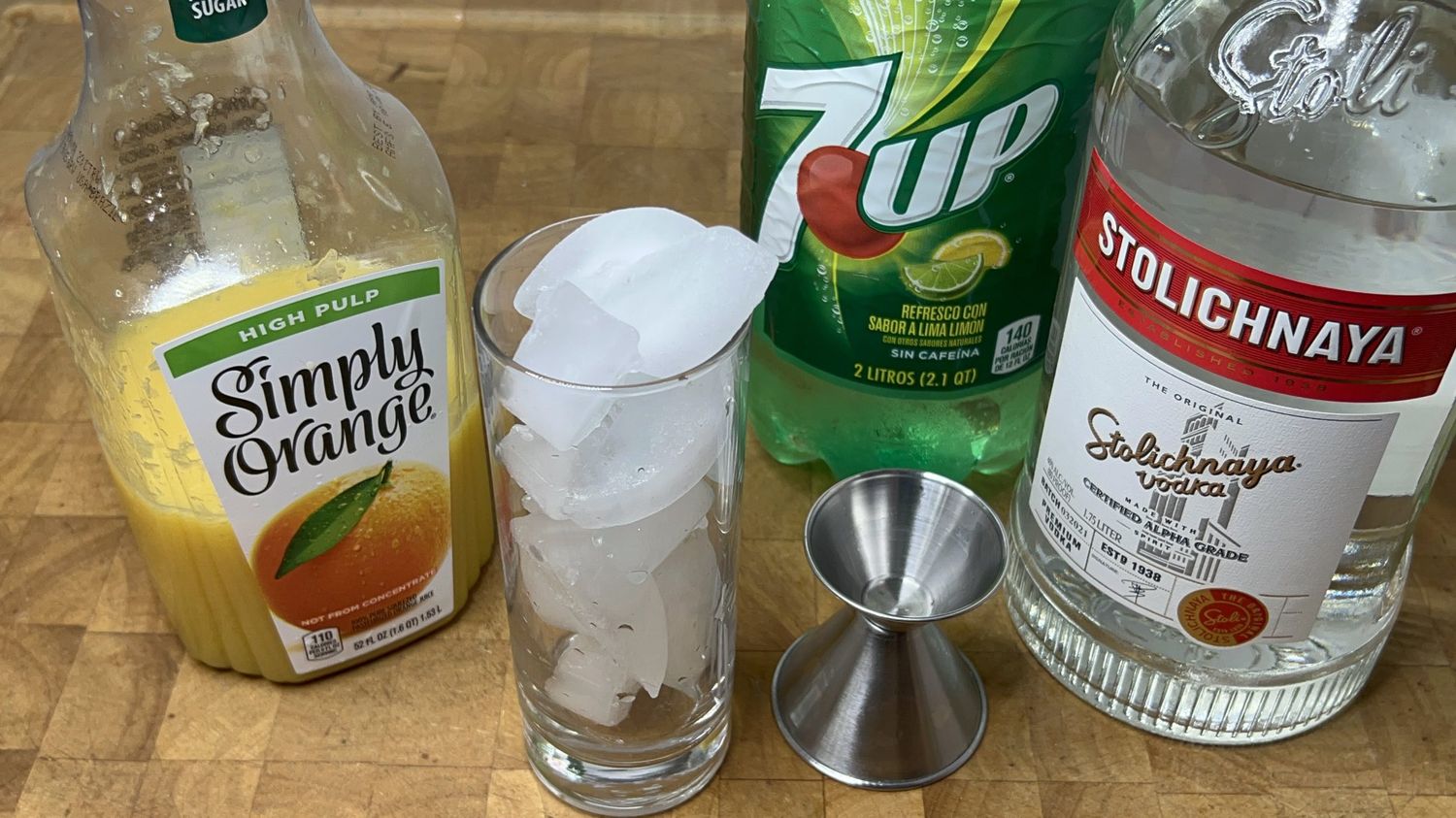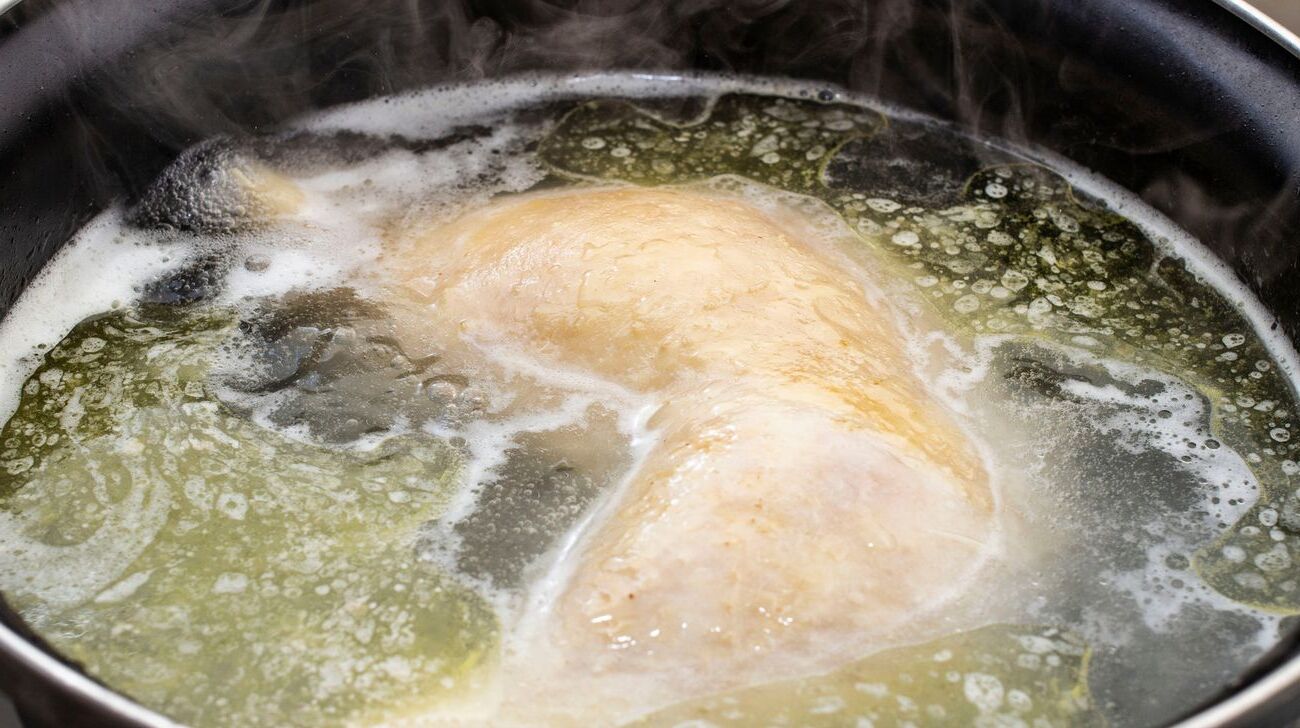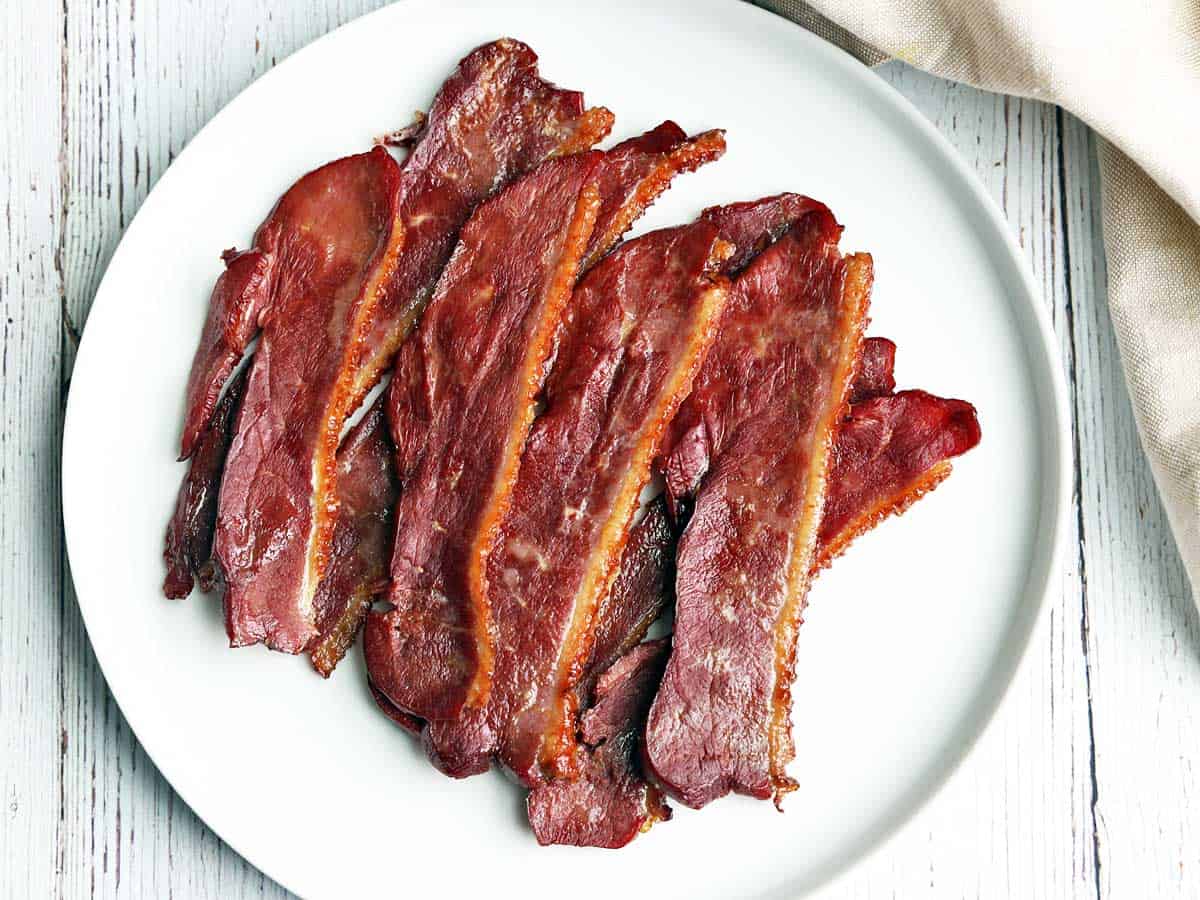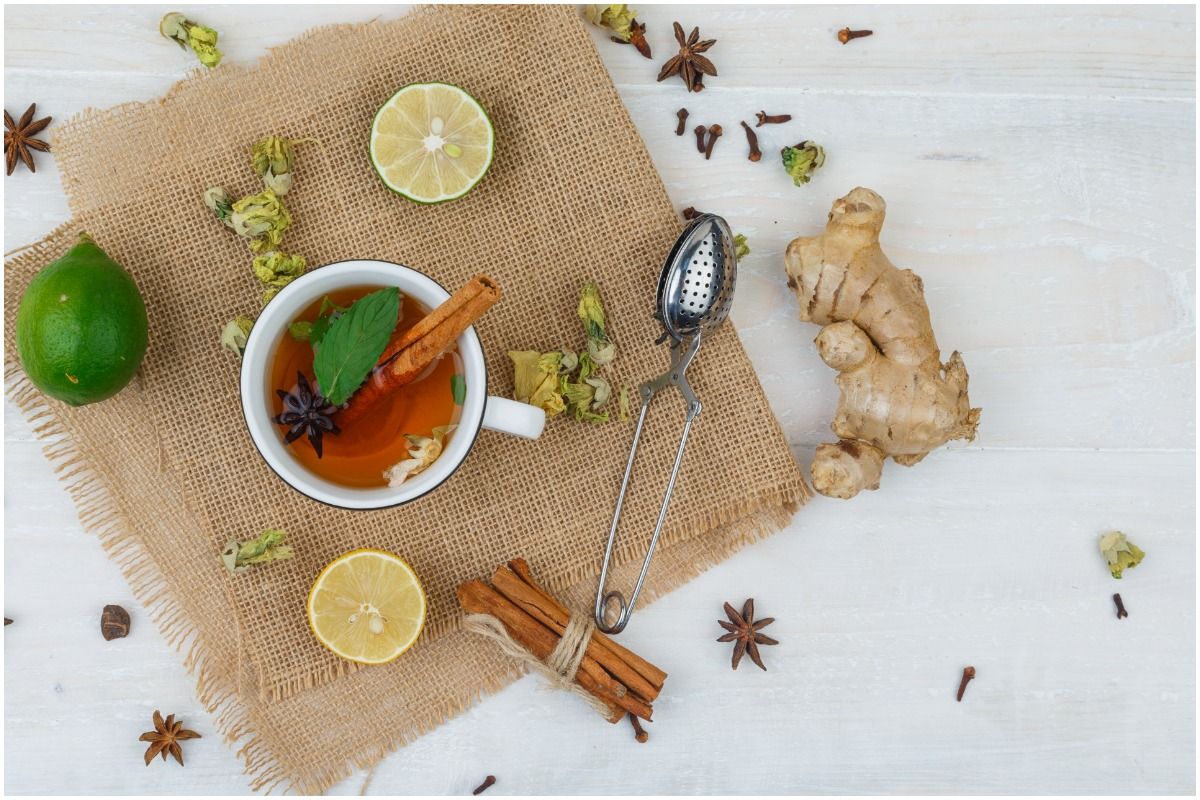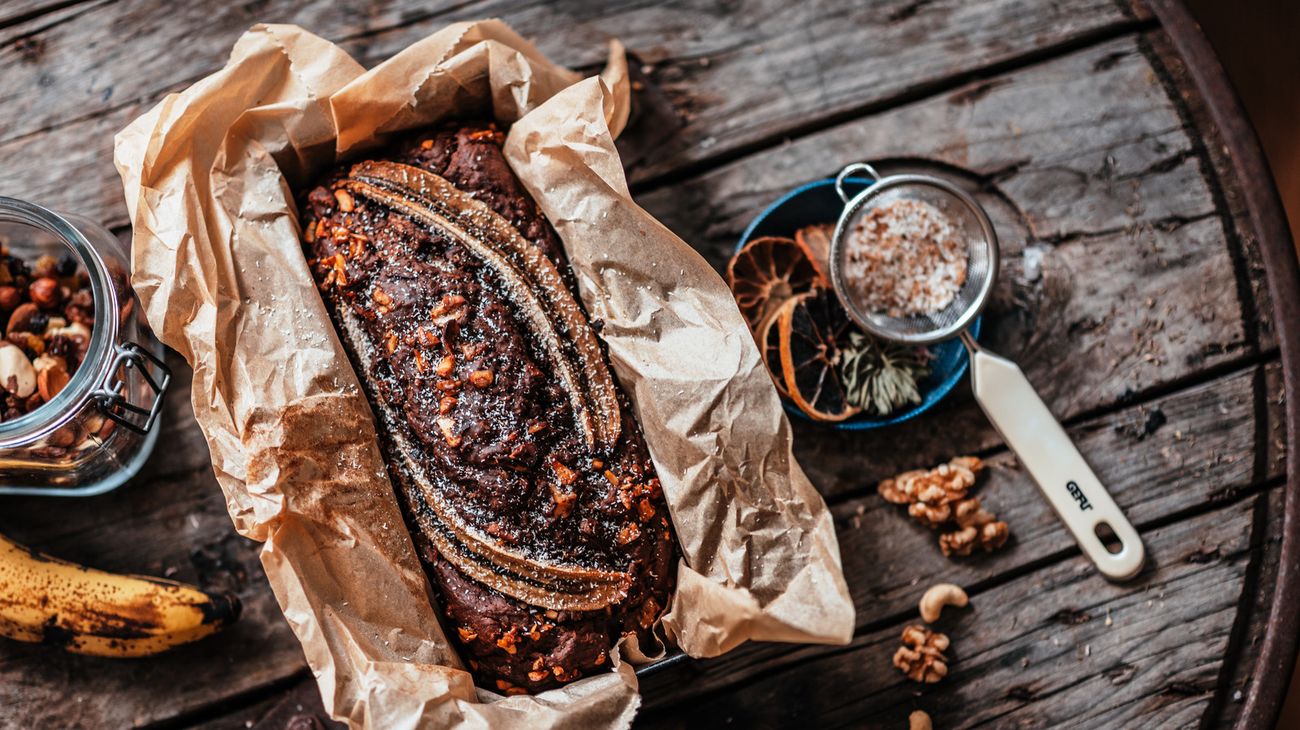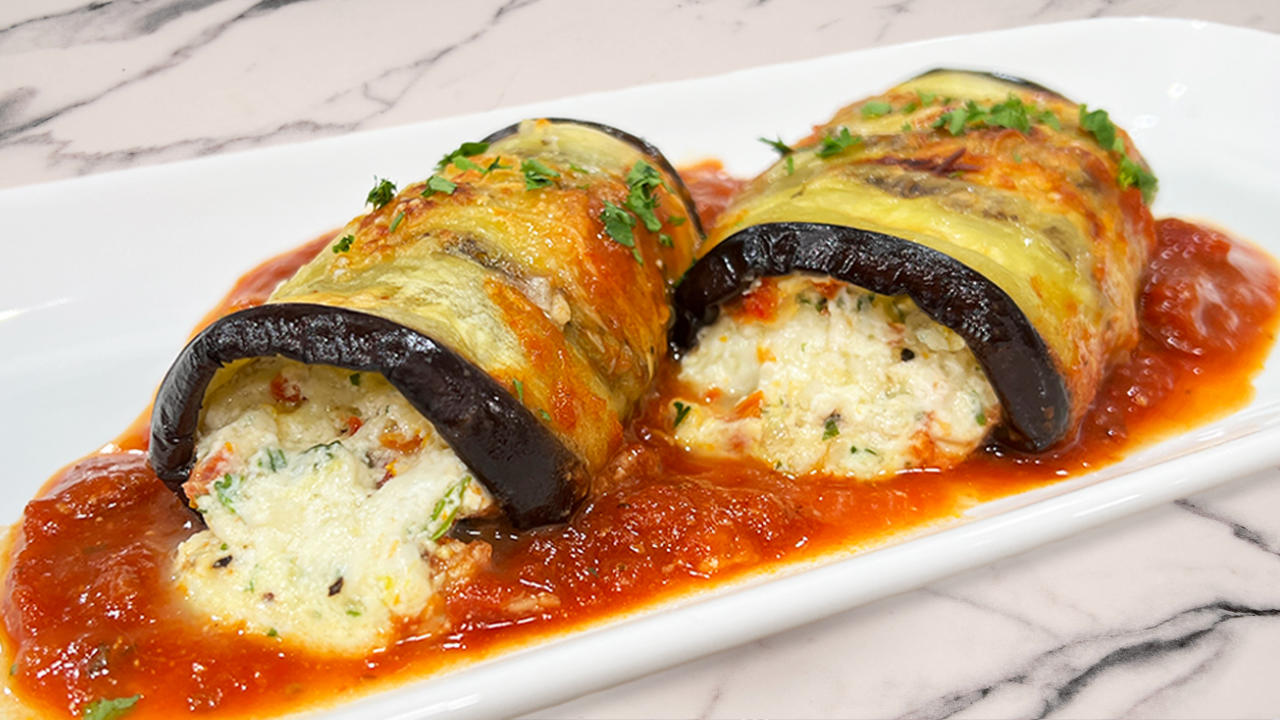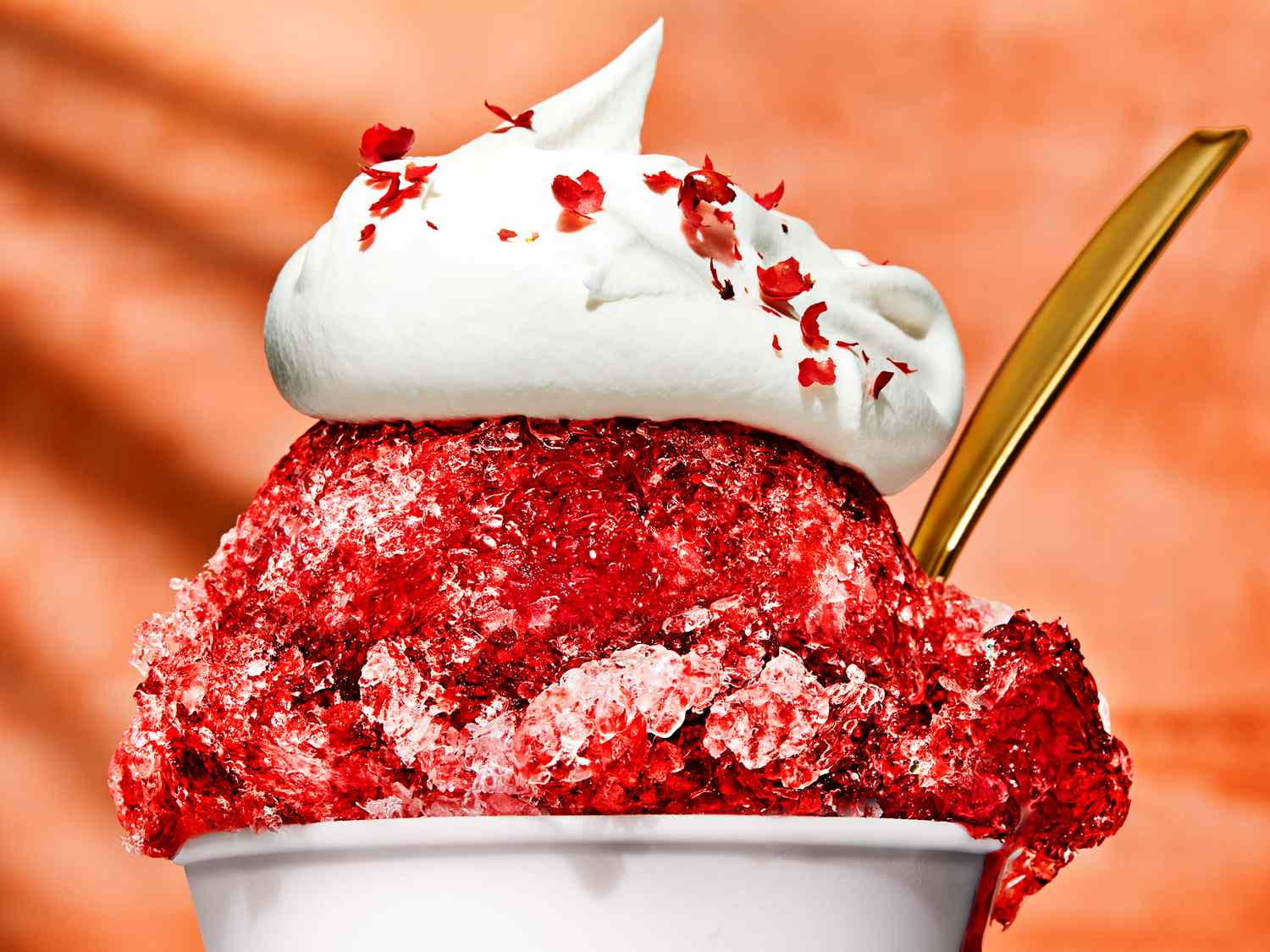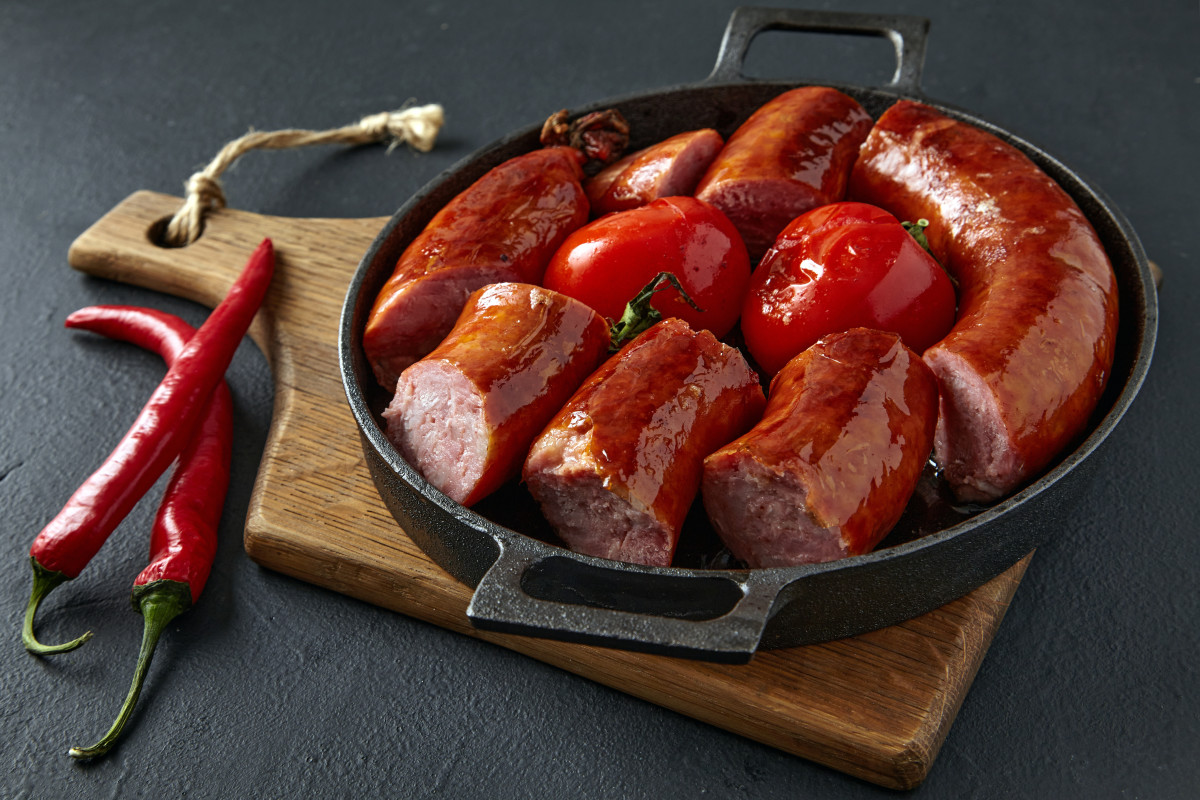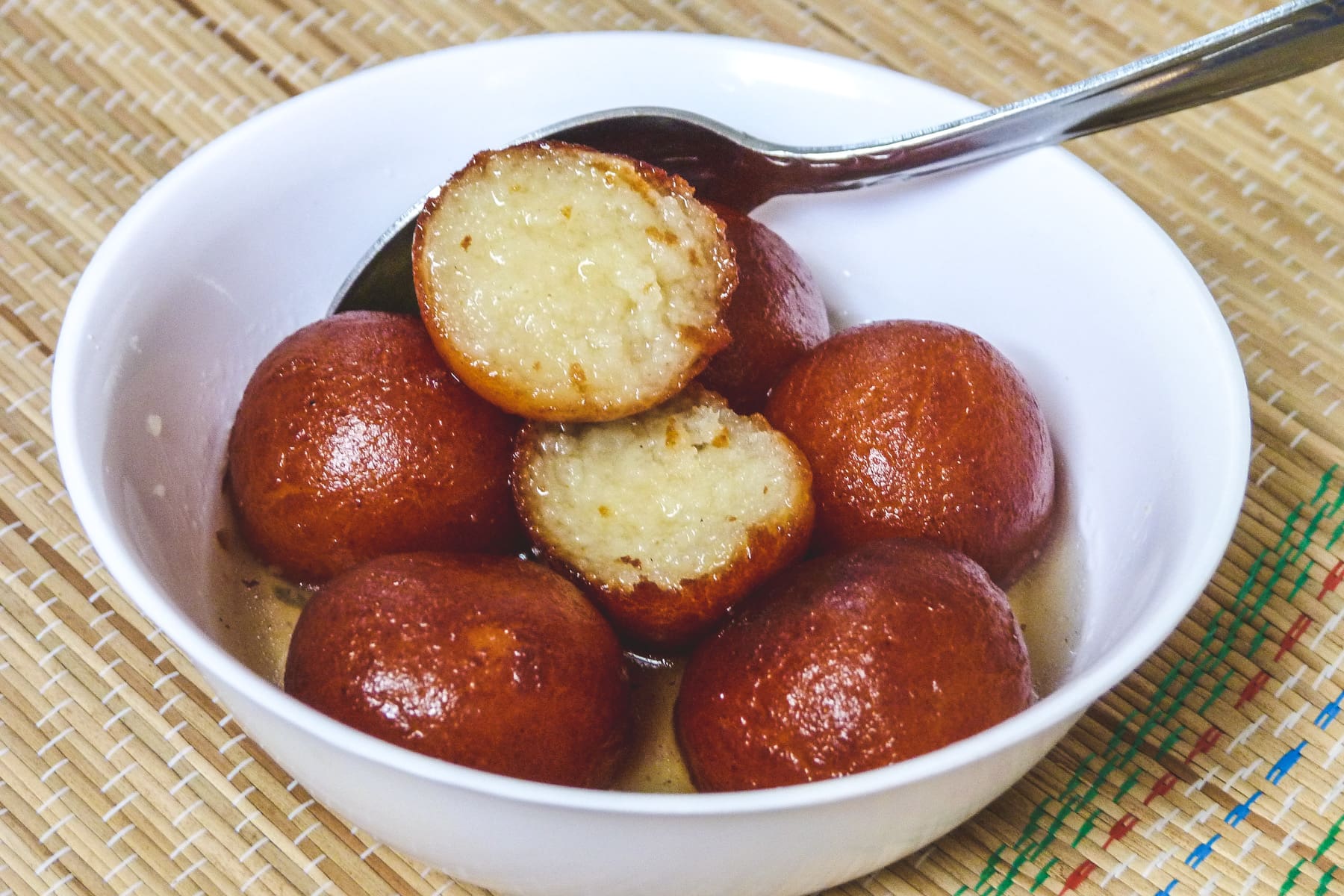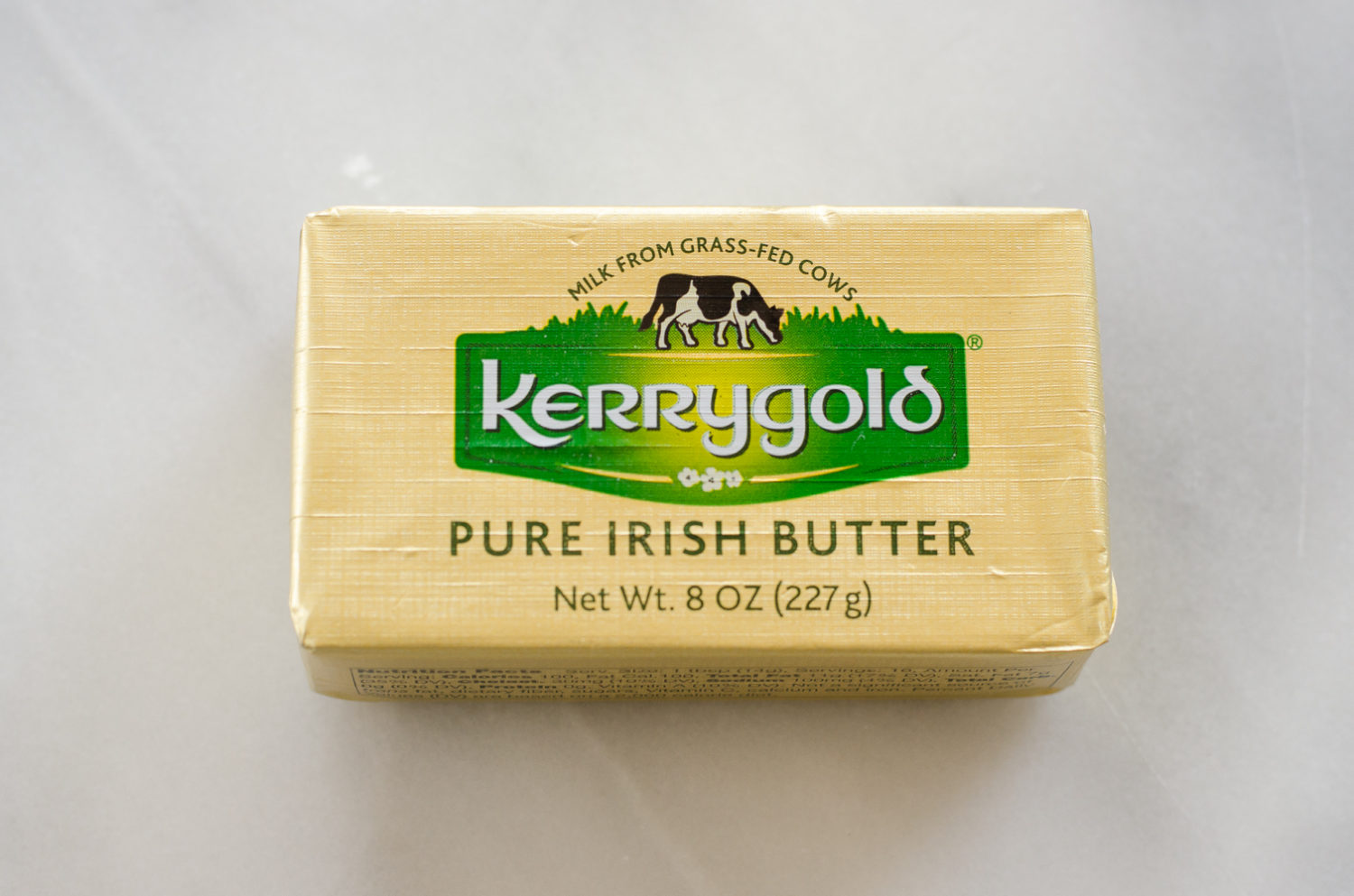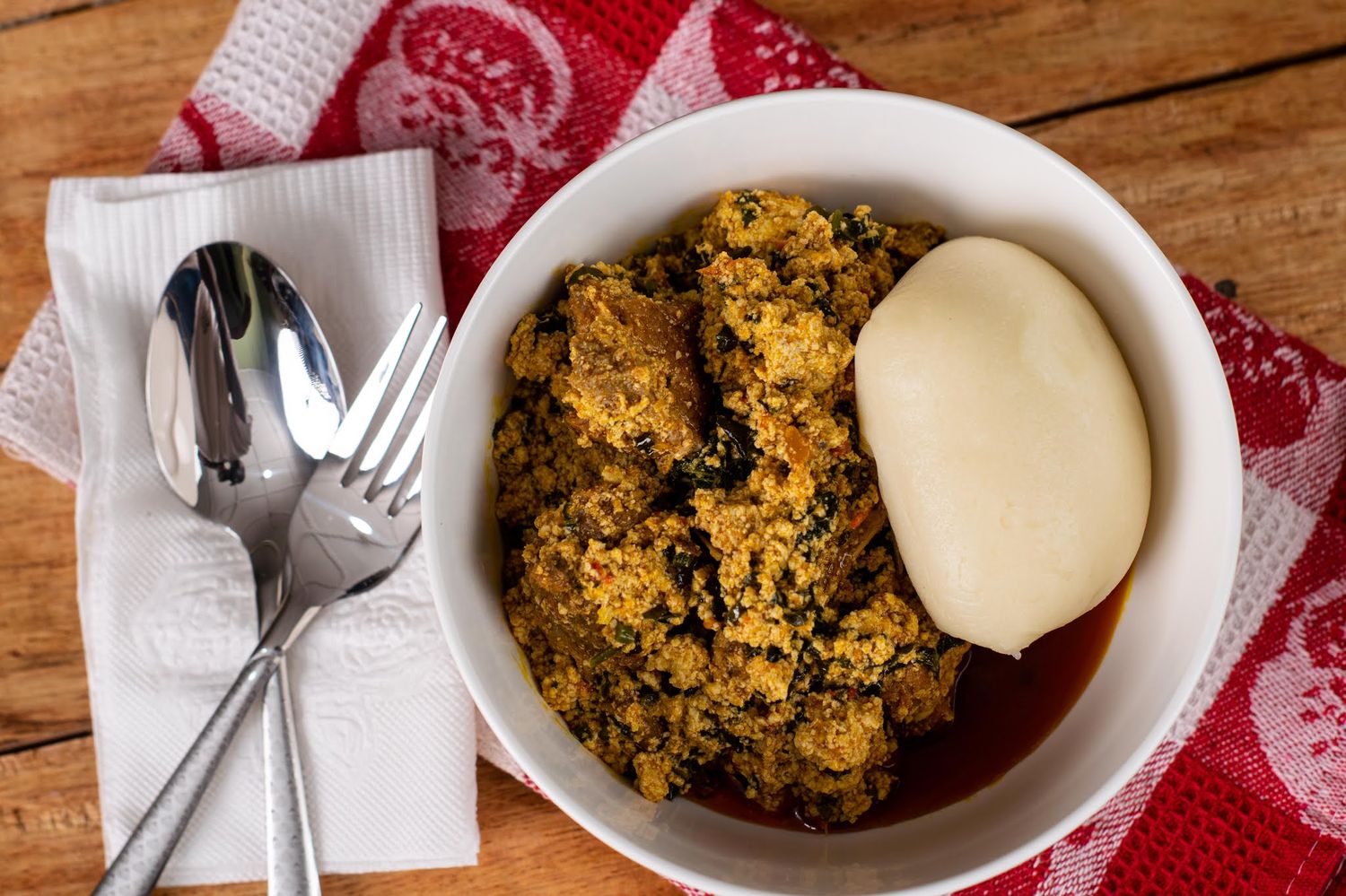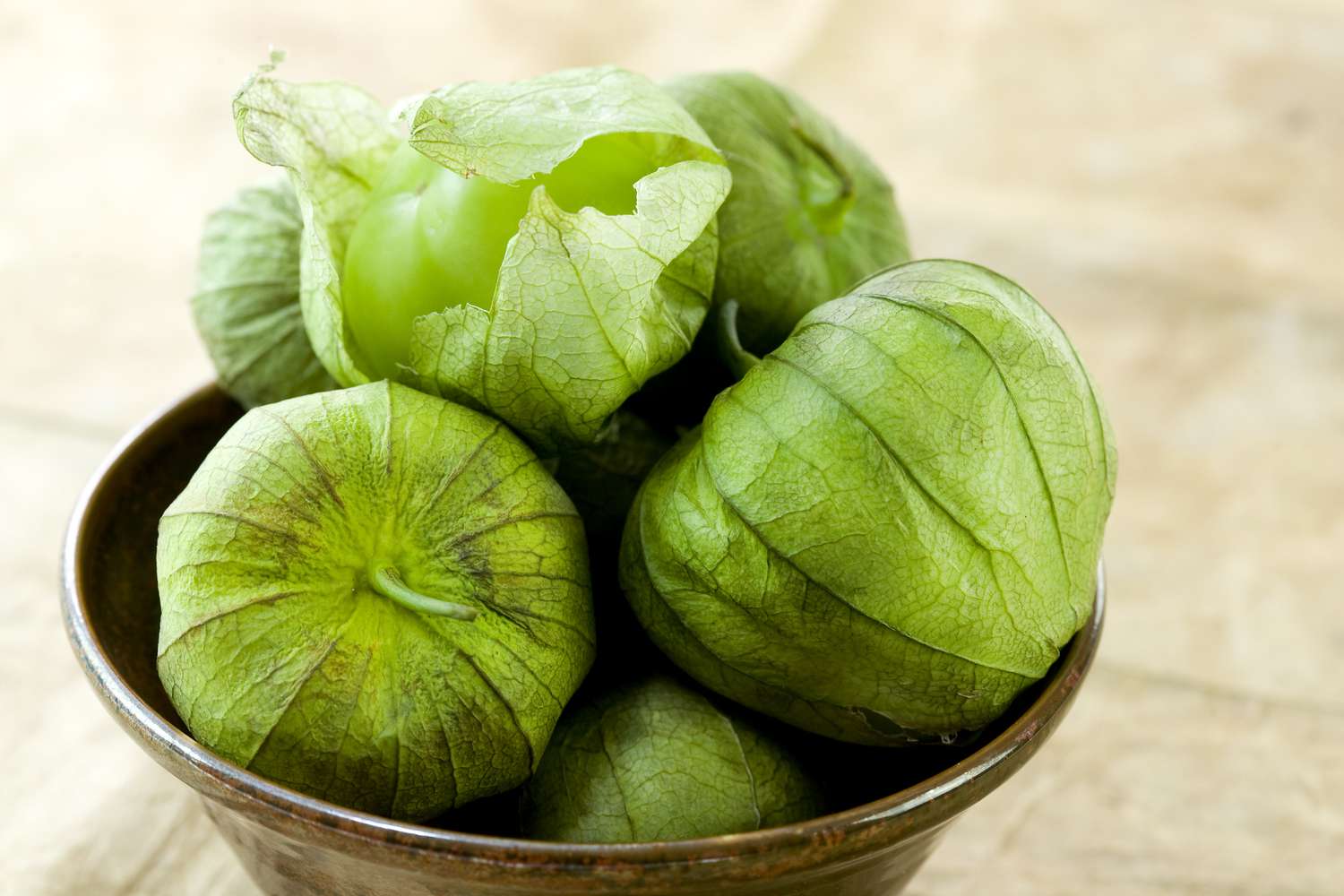Understanding the Grey Part of Salmon
Salmon is a popular and delicious fish that is enjoyed by many people around the world. When preparing and cooking salmon, you may have noticed a greyish or brownish part on the fillet. This part can raise questions and curiosity about its nature and whether it is safe to eat. In this article, we will explore what the grey part of salmon is and provide insights into its significance.
What Causes the Grey Part?
When you observe a grey or brownish area on a salmon fillet, it is typically the result of fat oxidation. This occurs when the fish is exposed to air for an extended period of time. The fat in the salmon reacts with oxygen, leading to the discoloration of the flesh. While it may not look as appealing as the vibrant pink or orange hues of the rest of the fillet, the grey part is generally safe to eat.
Is It Safe to Eat?
Yes, it is safe to eat the grey part of salmon. The discoloration does not indicate spoilage or contamination. However, the taste and texture of the grey part may differ slightly from the rest of the fillet due to the oxidation process. Some people prefer to trim off the grey portion before cooking, while others have no issue consuming it.
How to Minimize the Grey Part
There are several ways to minimize the development of the grey part on salmon:
- Freshness: Purchase fresh salmon from a reputable source to reduce the likelihood of oxidation.
- Proper Storage: Store salmon in airtight containers or vacuum-sealed bags to limit exposure to air.
- Quick Consumption: If you plan to cook the salmon at a later time, it is best to freeze it promptly to preserve its quality.
- Cooking Techniques: Certain cooking methods, such as grilling or broiling, can help minimize the visibility of the grey part.
Enhancing the Appeal of Salmon
If the grey part of salmon is a concern for you, there are ways to enhance the visual appeal of the fish:
- Marinades: Using flavorful marinades can add color and mask the appearance of the grey part.
- Seasonings: Sprinkling herbs and spices on the salmon can draw attention away from the grey area.
- Garnishes: Garnishing the cooked salmon with fresh herbs, lemon slices, or colorful vegetables can create an attractive presentation.
Conclusion
While the grey part of salmon may not be the most visually appealing aspect of the fish, it is generally safe to consume. Understanding the causes of the discoloration and implementing proper storage and cooking techniques can help minimize its presence. Whether you choose to trim it off or incorporate it into your dish, the grey part does not detract from the overall quality and flavor of this nutritious and delectable fish.
Next time you prepare salmon, you can approach the grey part with confidence, knowing that it poses no harm and can be managed effectively to ensure an enjoyable dining experience.
Was this page helpful?
Read Next: What Is A Grande Caramel Frappuccino
